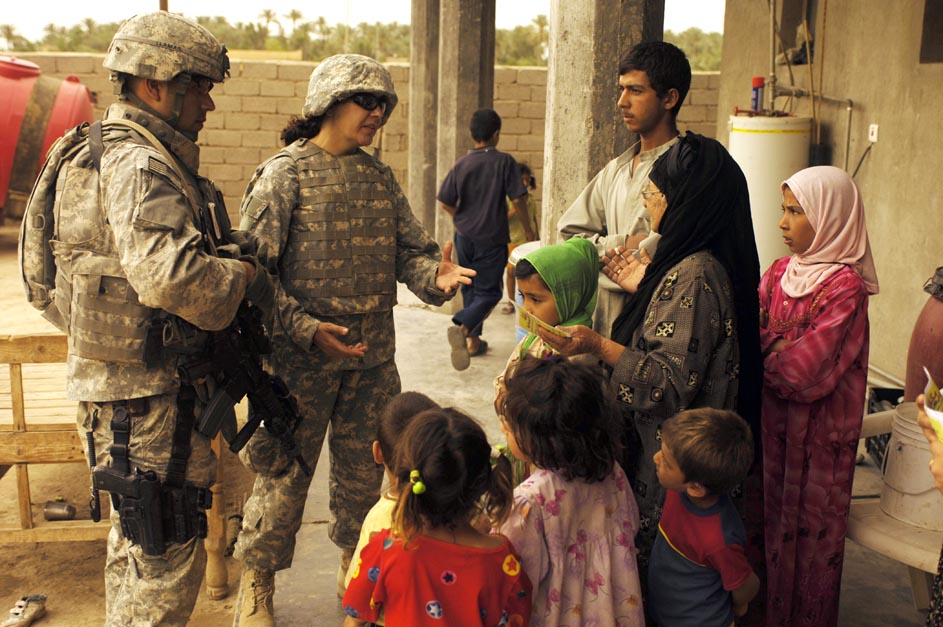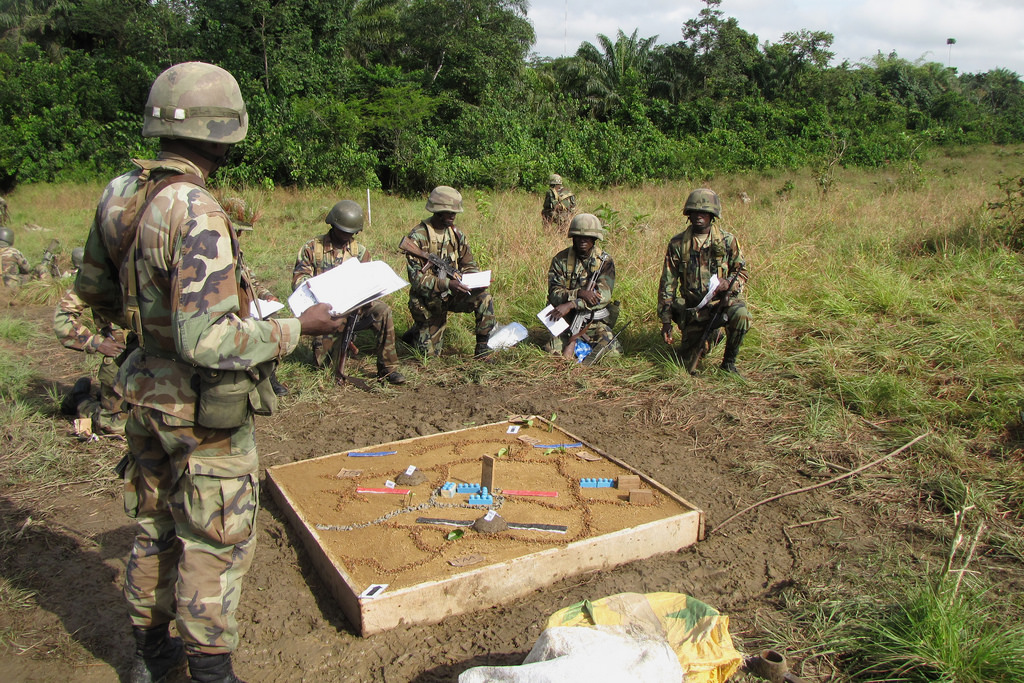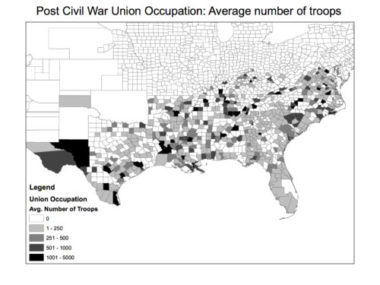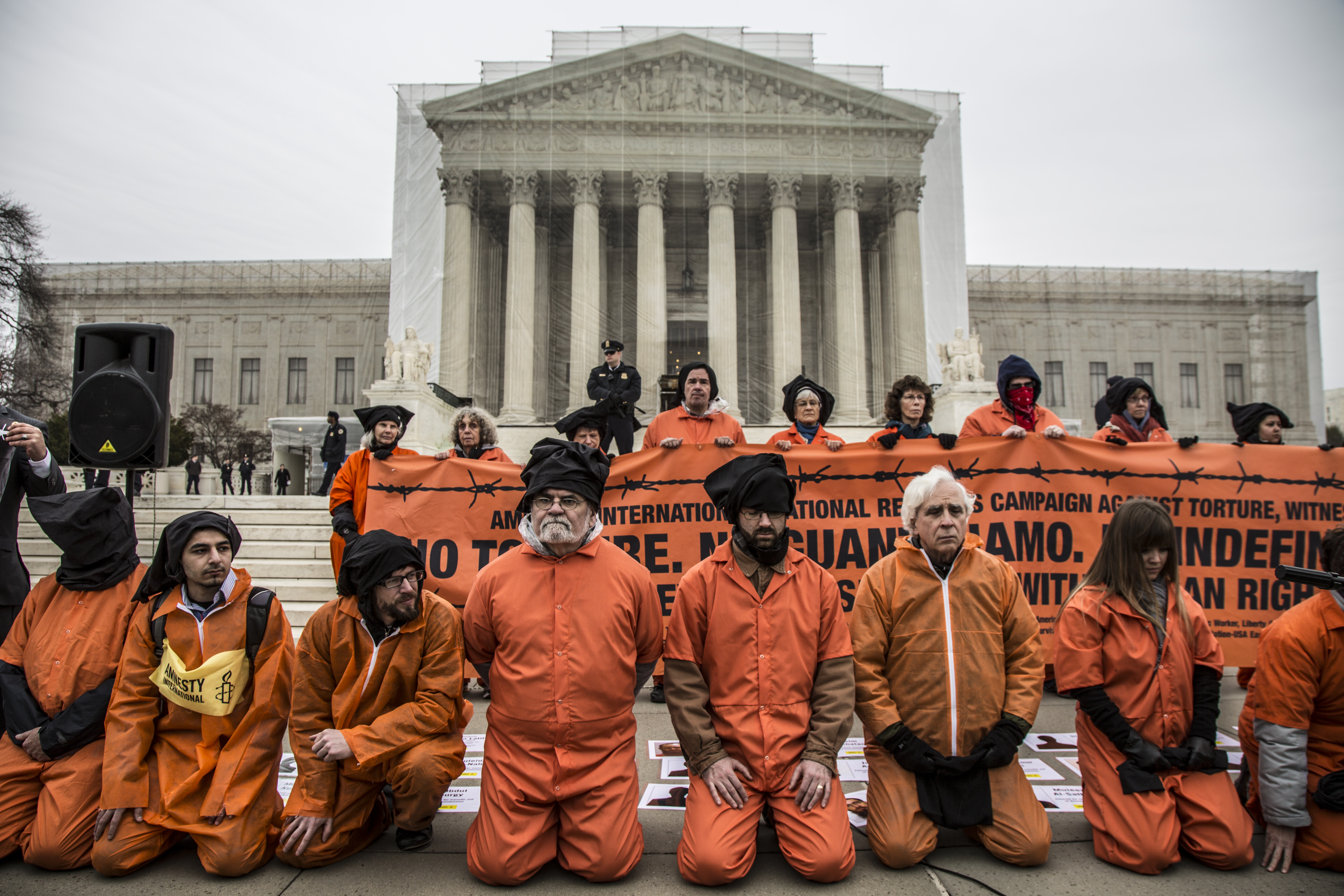Guest post by Tucker Johnson.
Deep in the Colombian jungle in December 2011, an advertising firm contracted by the government decorated dozens of trees near the FARC’s jungle supply paths, hanging Christmas lights and banners wishing the guerrillas a Feliz Navidad. Evidence suggests the campaign, composed of several years of multimedia spectacles, weakened guerrilla morale and spread awareness of the government’s program of legal amnesty and economic incentives for FARC deserters. Following fifty years of war, the campaign contributed to a landmark peace deal in 2016.
This advertising campaign softened the edges of the government’s image and shifted individual guerillas’ political beliefs, offering the fighters a promise of economic prosperity as entrepreneurs and small-business owners. As the Colombian experience shows, public relations and information campaigns can significantly impact military outcomes.
My own recent research examines civilians’ political and emotional perceptions following the US invasion of Iraq. In the aftermath of the invasion, Iraqis had serious concerns about whether or not they could trust American soldiers. One Iraqi I interviewed worried about how Americans might behave towards him and his family—“We used to hear about [the Americans],” he told me of his time in the army during the Iran-Iraq War, “they say they are like cowboys; they come and shoot everyone, they don’t care if you’re a civilian. When I heard they were coming I was afraid for my family.”
At least during the initial months of the American occupation, American forces really did behave like cowboys. One American lieutenant told me his platoon would establish checkpoints along the front limit of the American advance. His platoon would write “Stop” in English on a piece of cardboard—they didn’t know how to write or say the Arabic word for “Stop”—and would put it down the road from their checkpoint to warn Iraqi drivers of their presence. Needless to say, the message did not get through. Because of his platoon’s lack of language skills, he recalled, “There were a lot of unfortunate civilian casualties.”
Militaries have long recognized the importance of winning “hearts and minds,” but they have also often taken a blinkered approach in their efforts to do so. In Iraq, as in past counterinsurgency campaigns, the United States sought primarily to provide security and foster economic development, ignoring civilians’ emotional and political perceptions of the conflict. Propaganda and public relations campaigns, long a central part of military strategies, can change these perceptions, and are increasingly relevant in today’s digitally-connected world.
Despite a vast latent capacity for incorporating information campaigns into military strategies, the US lags far behind other global actors—both state and non-state—in its engagement of the informational side of modern conflict. The global reach of American media is unprecedented; foreign consumption of American movies, music, television, and news media represents one the United States’ largest exports. In 2011 an Iraqi teenager—the son of the Iraqi veteran—stayed with my family while on a high school exchange program. He introduced my brother and I to the Will Ferrell classic Anchorman, and when he arrived could already sing along to the entirety of Katy Perry’s album, Teenage Dream.
While the United States’ military strategy has long relied on military-technological advantages, a show of military force is often counterproductive to strategic goals. Instead, the US increasingly faces incentives to wield its vast media influence for political ends. In the modern era, coercive political confrontation increasingly occurs outside the traditional battlefield. Many global actors recognize this and are shifting resources and priorities accordingly, but US military strategy is still primarily focused on preparing for increasingly-rare kinetic conflicts of the past.
Tucker Johnson is a recent graduate of Northwestern University.





